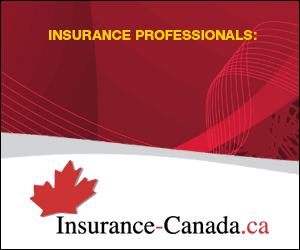Protection for policyholders
By Sally Praskey, Editor, Insurance Canada ConsumerInfo
OK, you've bought insurance to protect yourself and your belongings, but who protects you if your insurer goes out of business? Although this is an unlikely possibility, the well-publicized collapse of Confederation Life several years ago served as a harsh reminder that it can and does happen. But not to worry. The property and casualty insurance companies and the life and health insurance companies each have funds to protect policyholders in the event of insolvency.
If a property/casualty company were to go bankrupt, the Property and Casualty Insurance Compensation Corporation (PACICC) would come to the rescue. This protection is automatic to policyholders; they don't have to apply for it. There are limits on claims payouts, however. PACICC will pay up to a maximum of $250,000 for unpaid claims for losses arising from a single occurrence. If your claim exceeds $250,000, you may eventually be reimbursed for all or part of the shortfall from funds released by the liquidator. PACICC will also refund 70 per cent of the unexpired portion of your premium to a maximum payout of $700 per policy, applicable from the date of the insurer's collapse.
Life and health insurance company insolvencies are covered by a similar fund, called CompCorp, which stands for Canadian Life and Health Insurance Compensation Corporation. Founded in 1990, CompCorp protects, within limits, Canadian policyholders against loss of benefits or unpaid claims under their life, annuity, and accident and sickness contracts, should a CompCorp member collapse. Neither CompCorp nor PACICC receives any financial support from government; they are funded through assessments and loans from member companies.
The insurance business in Canada is supervised by both federal and provincial governments, but the federal Office of the Superintendent of Financial Institutions oversees the solvency and stability of insurance companies.
Find Insurance
Specialized Providers
Below are links to featured insurance products and services that are specialized or difficult to categorize.
News and Articles
- Majority Prefer Companies Not To Use AI For Customer Service: Gartner
- Canadian consumers embracing AI to identify lower-cost alternatives: EY survey
- Begin Insurance Implements LifesWallet to Enhance Client Services
- Manulife and World Economic Forum Launch the Prospering in Longevity Challenge to Drive Health and Financial Resiliency
- Young Canadians Want Companies To Take Action On Climate Crisis, Singling Out Landfill Waste
- Global high-net-worth population and wealth back to record levels despite global instability
- Trupanion Data Reveals Trends in Feline Health
- Canadians know all the ways to save on their monthly expenses, but not on insurance
- Allowance uncertainty is real, according to Mydoh’s Canadian Allowance Report
- New Middle-Market Consumer Segment Represents 37% of Smart Home Households: Parks Associates



